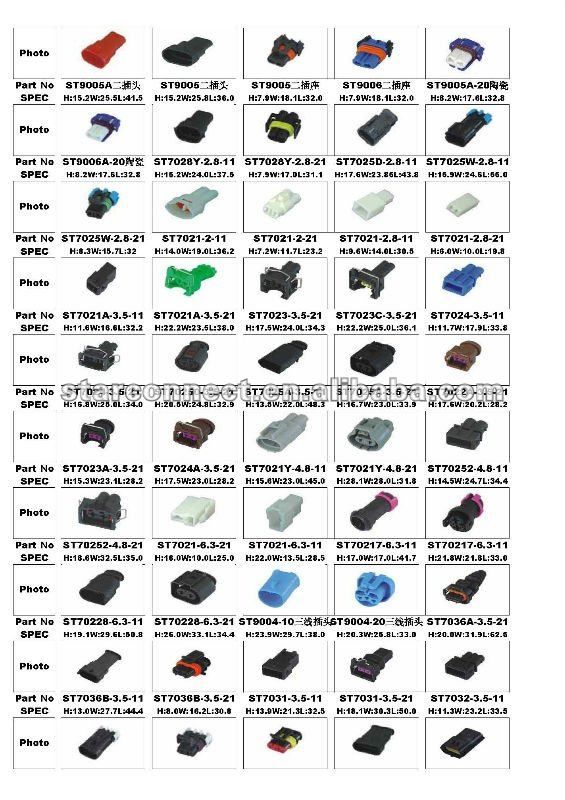Sign Language for Business: How to Express ‘Standing’ in Professional Contexts
Understand sign language in business settings
Sign language serve as a vital communication tool for deaf and hard of hear individuals in professional environments. When express concepts like” stand on business” in sign language, it’s important to understand both the literal physical meaning of standing and the figurative business context. American sign language (ASL) and other sign languages use a combination of hand shapes, movements, facial expressions, and body position to convey meaning clear and efficaciously.
Business settings oftentimes require specific vocabulary and expressions that might not be use in casual conversation. Learn how to communicate professional concepts decently demonstrate respect and inclusion for deaf colleagues, clients, and business partners.
The literal meaning: signing” standing ”
To sign” stand ” n asASLthe basic sign ininvolvesse both hands in a specific configuration:
-
Form both hands into” 1 ” ahandshakes (dex fingers extend, other fingers close )
) - Position your dominant hand vertically with the index finger point up
- Place your non-dominant hand flat with palm face downward
- Place the tip of your dominant index finger on the palm of your non-dominant hand
- The vertical finger represents a person stand on the flat surface
This sign visually represents a person in a standing position. For emphasis or to indicate multiple people stand, you can modify this signslendery by use both hands in the ” “” nhandshaked place them side by side on an imaginary surface.
Business context in sign language
The term” business ” n asASLs typically sisignedy make both hands into” b ” ahandshakes (at hands with fingers unitedly and thumbs tuck inwards ).)ub the backs of your hands unitedly in small circular motions a few times. This sign derive from the concept of handle money or conduct transactions.
When sign about business settings or contexts, you might too use signs for:
-
Work
both fists tap unitedly double -
Office
” “” nhandshakesve in a square pattern -
Meeting
both ” “” nhandshakesme unitedly -
Company
” “” nhandshakesrcle each other
Combining concepts:” stand on business ”
The phrase” stand on business ” ould have multiple interpretations in enEnglishIt might refer to:
- Literally stand while conduct business
- Take a firm position on business matters
- Being reliable or dependable in business dealings
In sign language, conceptual phrases like this require context and sometimes explanation. Here are approaches to sign this concept:
Literal interpretation
If you mean physically stand while do business:
- Sign” business ” tart
- Sign” standing ” s describe above
- Add the sign for” during ” r “” ile ” ” connect the concepts
Figurative interpretation
If you mean take a firm position on business matters:
- Sign” business ”
-
Sign” position ” r “” ance ” ” imilar to ” s” d ” bu” ith add firmness )
) - Add the sign for” firm ” r “” rong ” ” emphasize the concept
For being reliable in business:
- Sign” business ”
-
Sign” dependable ” r “” liable ” ” ypically show with a firm placement of hands )
) - You might add the sign for” person ” f refer to someone who’s reliable
Professional posture in sign language
In business settings, how you physically stand or position yourself besides communicate important information. Sign language incorporate body language and posture as integral parts of communication. When sign in professional contexts:
- Maintain an upright posture to convey confidence
- Keep your signing space clear and visible
- Use appropriate facial expressions that match the professional tone
- Position yourself where everyone can see your signs clear
These physical aspects of signing are especially important when discuss business matters or when interpret for business settings.

Source: dummies.com
Industry specific sign language
Different business sectors may have specialized signs or vocabulary. For example:
Finance and banking
Financial services have specific signs for concepts like:
- Investment (hands move upwardly to show growth )
- Stocks (finger movements show fluctuation )
- Budget (signs show allocation and planning )
Retail and sales
Retail environments use signs relate to:
- Customer service (signs show assistance )
- Product display (demonstrative signs )
- Sales transactions (exchange relate signs )
Corporate and management
Corporate settings include signs for:
- Leadership (directional signs show guidance )
- Strategy (planning and organizational signs )
- Team coordination (collaborative signing patterns )
Use classifiers for business positions
Classifiers are handshakes that represent categories of objects or concepts in sign language. They’re specially useful for describe positions, movements, and relationships between objects or people.
For business positions or standings, relevant classifiers include:
-
Person classifier
use the ” “” nhandshake represent a person stand, moving, or position in relation to others -
Surface classifier
use a flat hand to represent a table, desk, or platform -
Build classifier
use specific hhandshakesto represent corporate structures or organizational hierarchies
Combine these classifiers allow for sophisticated expressions of business positioning, such as:
- A person stand at a podium give a presentation
- Team members position around a conference table
- An employee’s position within an organizational structure
Non-manual markers in business sign language
Non-manual markers include facial expressions, head movements, and body postures that add grammatical information and nuance to signs. In business contexts, these are crucial for conveying:
-
Formality level
more restrained expressions for formal settings -
Authority
slight chin raising and direct eye contact -
Confidence
steady gaze and minimal extraneous movement -
Question
raise eyebrows for yes / no questions, furrow bbrowsefor information questions
When sign about stand firm on business matters, appropriate non-manual markers might include a slight frontwards lean, direct eye contact, and a firm facial expression to emphasize resolve.
Regional variations in business sign language
Sign languages vary by region and country. American sign language (aASL)differ from brBritishign language ( (lBSL)uslRuslanu(rAustralian language ), a) others. Business terminology may have different signs across these languages.
Regular within ASL, regional variations exist. For example:
- East coast and west coast signs for business terms may differ somewhat
- Older and younger signers might use different signs for technology relate business concepts
- Specific industries may develop localize signs in different regions
When communicate in international business settings, it’s helpful to be aware of these variations and peradventure learn key business terms in the local sign language.
Technology and visual aids for business signing
Modern business environments oftentimes incorporate technology that can assist with sign language communication:
-
Video conferencing platforms
With good visual clarity for remote signing -
Sign language interpretation apps
That can assist with basic business terminology -
Visual presentation tools
That complement sign communication -
Lighting considerations
To ensure signs are clear visible
When discuss standing positions or business stances in virtual meetings, ensure your camera frame capture your full signing space and that lighting doesn’t cast shadows that might obscure hand movements.
Etiquette for sign language in business settings
Proper etiquette is essential when use sign language in professional contexts:
-
Maintain eye contact
With the person you’re communicated with -
Don’t speak and sign simultaneously
Unless specifically request -
Avoid sign with objects in your hands
Or while eat -
Dress in solid colors
That contrast with your skin tone for better sign visibility -
Position yourself
Where you can be intelligibly seen by deaf colleagues
When discuss standing positions or arrangements in business settings, be mindful of the space need for clear signing and ensure everyone have a good line of sight.
Learning resources for business sign language
To improve your ability to discuss business concepts like stand positions in sign language, consider these resources:
-
Business focus sign language courses
Offer by deaf organizations or community colleges -
Online video dictionaries
With business terminology in sign language -
Professional sign language interpreters
Who specializes in business settings -
Deaf lead workshops
On professional communication -
Mobile apps
Design for business sign language vocabulary
Regular practice with deaf colleagues or in mixed deaf / hear business environments provide the virtually authentic learning experience.
Inclusive business practices for sign language users
Create an inclusive business environment for sign language users involve more than equitable learn signs. Consider these practices:
- Arrange meeting rooms, so all participants can see each other clear
- Provide sign language interpreters for important meetings and presentations
- Create visual aids that complement verbal and sign information
- Establish communication protocols that work for both hearing and deaf team members
- Consider the acoustics and lighting of business spaces
When discuss stand arrangements or physical positioning in business contexts, visual demonstrations oftentimes complement sign explanations efficaciously.
Conclusion
Express concepts like” stand on business ” n sign language require understand both the literal and figurative meanings of the phrase. By combine signs for physical positioning with business terminology and appropriate nonon-manualarkers, you can efficaciously communicate these concepts in professional settings.

Source: lifeprint.com
Remember that sign language is a rich, visual language with its own grammar and structure. Take the time to learn proper business signing demonstrate respect for deaf colleagues and clients while create a more inclusive professional environment. Whether you’re discussed physical standing positions, take firm stances on business matters, or describe organizational structures, develop fluency in business relate sign language enhance communication for everyone involve.



